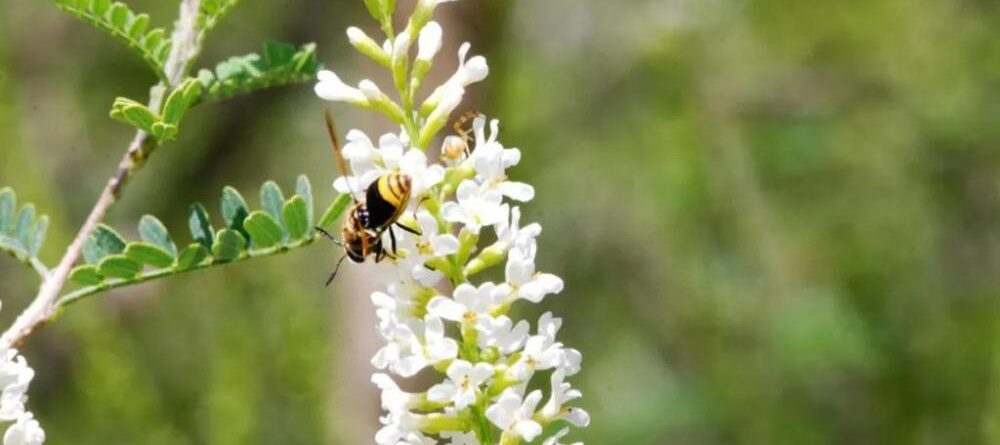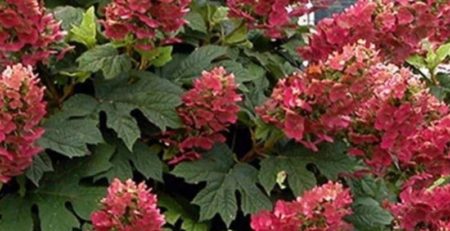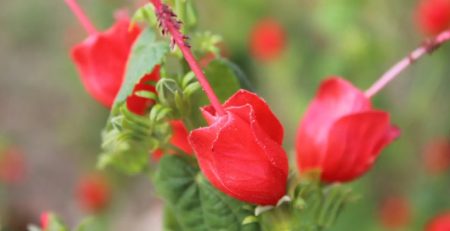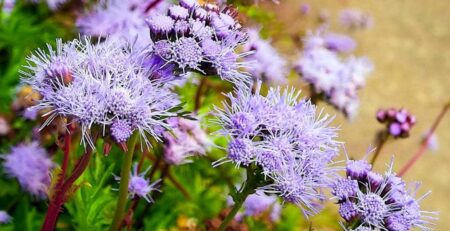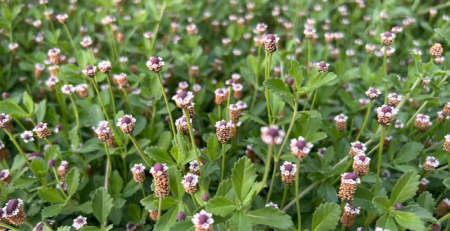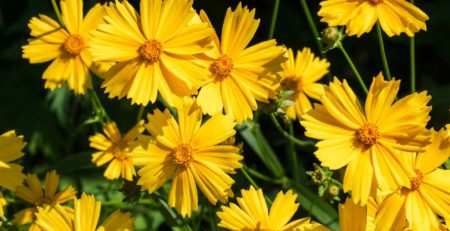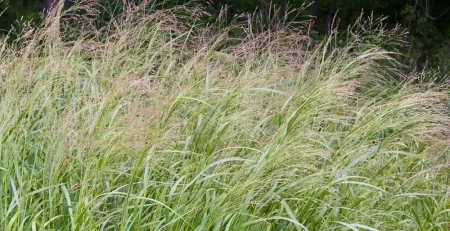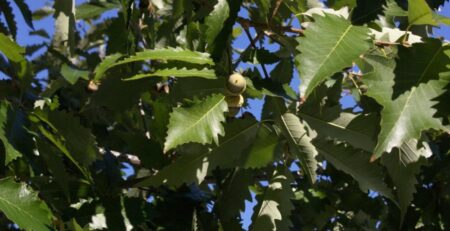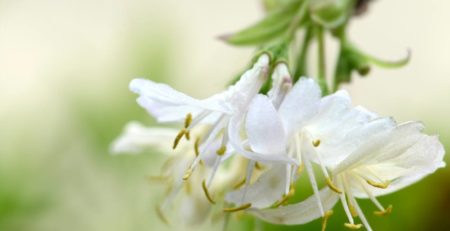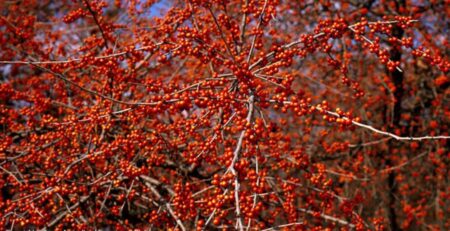Eysenhardtia texana, Texas Kidneywood


Botanical Name: Eysenhardtia texana
Common Name: Texas Kidneywood, Bee Brush
Synonyms:
Category: Shrub
Family: Fabaceae
Lifecycle: Perennial
Lifecycle (Alt):
USDA Symbol: EYTE
Hardiness Zone North: 7A
Hardiness Zone South: 10B
Sun Requirement: Full Sun (6+ hours of sun per day)
Sun Requirement (Alt): High Sun (4-6 hours of sun per day)
Water Requirement: Low
Growth Rate: Moderate
Maintenance: Low
Plant Adult Height: 4ft – 10ft
Plant Adult Spread: 6ft – 10ft
Plant Spacing: 6ft – 8ft
Soil Preference: Adaptable
Soil pH Preference: Adaptable
Propagation: Seed, Stem Cutting
Attracts: Bees, Butterflies, Moths
Resists: Fire
Tolerates: Drought, Erosion, Clay Soil, Shallow Rocky Soil, Dry Soil, Heat, Cold
Miscellaneous: Tolerates Poor Soil, Wildflower, Native Plant
Description: Texas Kidneywood, a native leguminous shrub, is renowned for its fine-textured, fragrant foliage and aromatic white blooms. This plant’s distinctive vanilla-like scent, released when its leaves are crushed, makes it stand out among other garden species. Blooming from late spring through fall, the white flowers grow in elongated clusters, attracting diverse pollinators including bees and butterflies, enhancing biodiversity in home gardens. Texas Kidneywood thrives in well-drained soils and full sun, exhibiting exceptional drought tolerance once established, making it perfect for xeriscaping and low-maintenance landscapes. It also showcases good resistance to pests and diseases, reducing the need for chemical treatments. However, it can be susceptible to frost damage in colder climates, necessitating protective measures during winter. Not only is it an attractive ornamental, but it is also valued for its medicinal properties, particularly in traditional remedies for kidney ailments, from which its common name is derived. Importantly, Texas Kidneywood is not invasive, does not pose toxicity risks to pets or children, and can be easily integrated into various garden designs, from naturalistic plantings to more structured layouts. Its ability to fix nitrogen enriches the soil, benefiting surrounding plants as well. Whether used as a stand-alone feature, a component of a mixed border, or a part of wildlife gardens, Texas Kidneywood’s unique, hardy nature and minimal care requirements make it a versatile and enriching choice for any garden enthusiast.
Propagation & Planting: To propagate Texas Kidneywood, begin by collecting seeds from mature pods and soaking them in warm water for 24 hours prior to sowing to enhance germination. Plant the seeds 1/4 inch deep in a well-draining sandy soil mix, placing them in a sunny location. Maintain consistent moisture without allowing the soil to become waterlogged. Seeds typically germinate within 2-3 weeks. For cuttings, select semi-hardwood stems in late spring or early summer, cut 4- 6- inch lengths, and remove the lower leaves. Dip the cut ends in rooting hormone and plant them in a sterile, well-draining medium, keeping them warm and humid until roots develop. Transplant seedlings or rooted cuttings to their permanent location in full sun or partial shade, spacing them 3-4 feet apart. Ensure the soil is well-draining and water deeply but infrequently to establish a deep root system. Mulch around the base to retain moisture and suppress weeds, and avoid overhead watering to prevent fungal issues. Prune lightly to shape and remove any dead or diseased branches as needed.
Plant Care: Texas Kidneywood thrives best in well-drained soil with full sun exposure. During spring and summer, water it moderately, allowing the soil to dry out between waterings but ensuring it doesn’t completely dry out. Mulch around the base to retain moisture and suppress weeds. Prune lightly after flowering to maintain shape and remove any dead or diseased branches. Fertilize sparingly with a balanced, slow-release fertilizer once in early spring. In the fall, reduce watering to help the plant prepare for dormancy, and clear any fallen leaves to prevent fungal diseases. During winter, minimal maintenance is required; however, ensure the soil remains slightly moist. Mulch can also protect the roots from extreme cold. Regularly check for pests such as aphids and treat with organic insecticidal soap if necessary. With these practices, Texas Kidneywood will remain healthy and flourish through the seasons.
Fertilize: To fertilize Texas Kidneywood effectively, use a balanced, slow-release fertilizer with an NPK ratio of 10-10-10. Apply the fertilizer in early spring and mid-summer to promote healthy growth and flowering. Spread the granules evenly around the plant’s drip line, taking care to avoid direct contact with the trunk. Water thoroughly after application to help the nutrients penetrate the soil. For an organic alternative, consider using well-composted material or a fish emulsion fertilizer, ensuring similar nutrient ratios. Always follow manufacturer instructions regarding quantity, and avoid over-fertilization to prevent nutrient burn and potential harm to the plant.
Prune: To effectively prune Texas Kidneywood, carry out light thinning and shaping in late winter or early spring, before new growth begins. This timing minimizes stress and helps maintain a healthy, attractive plant. Remove dead or damaged branches, as well as any crossing or congested growth, making clean cuts just above a healthy bud or branch junction. Avoid heavy pruning or cutting back more than one-third of the plant at a time. Refrain from pruning during late summer and fall to prevent stimulating new growth that could be damaged by cooler temperatures. Always use sharp, sterilized tools to minimize the risk of disease.
Pest & Disease: To identify and treat common pests and diseases affecting Texas Kidneywood, regularly inspect the plant for signs of stress or damage. Common pests include aphids, spider mites, and leafhoppers, which can cause yellowing leaves, stippling, and deformation. Treat these pests with insecticidal soap or neem oil, applying thoroughly to both upper and lower leaf surfaces. Fungal diseases such as powdery mildew and root rot may present as white, powdery leaf surfaces or wilting and discolored roots respectively. Improve air circulation and avoid overhead watering to prevent powdery mildew; treat affected plants with a fungicide specifically labeled for powdery mildew. To manage root rot, ensure the soil has good drainage and adjust watering practices to prevent waterlogging. Prune and dispose of any affected plant parts promptly and sterilize pruning tools between cuts. Regularly monitoring plant health and maintaining optimal growing conditions will help minimize pest and disease issues.

